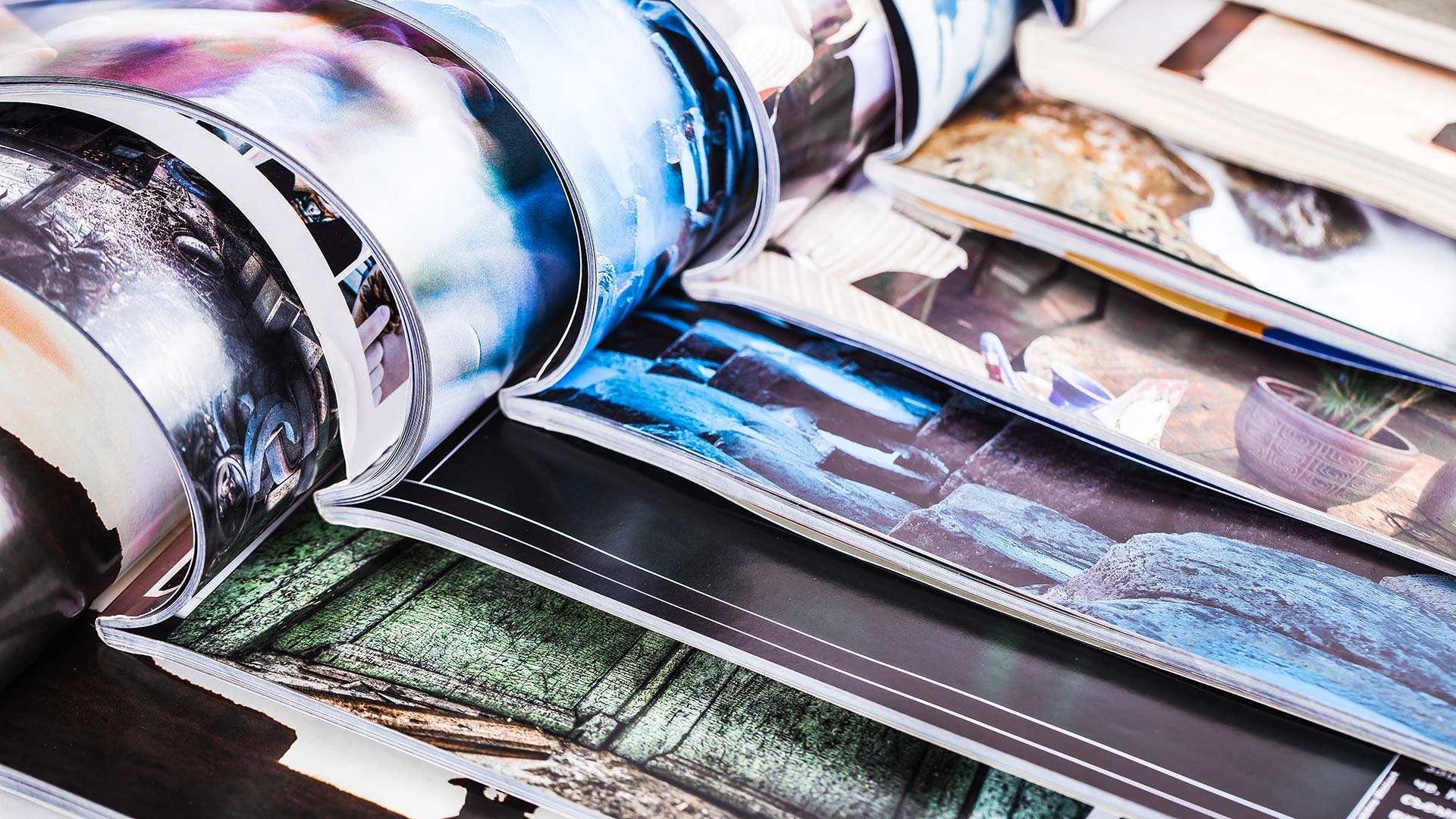Introduction to Graphic Design: A World of Creativity and Possibilities
Although there is a multitude of online resources and tutorials, understanding the basics of graphic design can be overwhelming for beginners. But don’t worry! In this comprehensive guide, we will shed light on all the important aspects of graphic design, from the fundamentals to advanced techniques.
Whether you’re an aspiring designer or simply looking to expand your knowledge, this guide will accompany you on your journey and help you unleash your creative skills. So, let’s dive into the world of graphic design!
Understanding the Power of Visual Communication
In today’s digital world, visual communication plays an increasingly significant role. People have short attention spans, and often, it’s the design that prompts them to pay attention to a specific message or product. Good graphic design can evoke emotions, tell stories, and build a strong connection with its audience.
Visual communication allows us to convey complex information in a simple and engaging manner. A meaningful logo, a well-designed website, or a compelling poster can quickly capture people’s attention and leave an impression.
In the upcoming sections, we will delve into the basics of graphic design and help you understand the tools and techniques needed to create visually appealing designs.
Basics of Graphic Design: Color, Shape, and Composition
Color, shape, and composition are fundamental elements of graphic design that work together to create visually appealing designs.
Choosing the right color palette can significantly influence the mood and impact of a graphic. Different color combinations can evoke different emotions and convey a targeted message.
Similarly, shape is a crucial factor in building a strong visual identity. By using clear and coherent shapes, you can create a design that remains memorable to the audience.
Composition is the way all visual elements in the design are arranged. A well-balanced composition ensures harmony and aesthetics.

Step-by-Step to Your Own Design Project
Now that you understand the basic elements of graphic design, you can embark on your journey and create your own design project. It may seem daunting at first, but don’t be discouraged! With a clear plan and some practice, you can achieve excellent results.
The first step is to define the goal of your design. What do you want to achieve with your graphic? Is it meant to inform, entertain, or sell? Knowing the goal will allow you to design with that in mind.
Next, it’s important to know your audience. Who will see your graphic? What kind of design appeals to them? The better you understand your audience, the more effectively you can design to grab their attention.
Once you’ve defined your goal and audience, you can start designing. Experiment with different color combinations, shapes, and compositions to achieve the desired visual outcome. Remember that design is a creative process, and it’s okay to try out multiple designs before settling on the best one.
And finally, let your own style inspire you! Be bold and unique, as that’s what will set your design apart from others. Let your creativity flow and enjoy the process!
Tools and Software for Aspiring Graphic Designers
There are a variety of great tools and software packages specifically designed for aspiring graphic designers.
A popular tool for beginners is Canva. It’s a user-friendly platform that offers a variety of templates and customizable elements. With Canva, you can effortlessly create impressive designs for social media, presentations, flyers, and more.
If you prefer more professional software, Adobe Photoshop is the gold standard for graphic design. It offers a wealth of features and options to unleash your creativity. From photo editing to creating custom illustrations, Photoshop provides a comprehensive range of design options.
Another popular software for graphic design is Adobe Illustrator. With Illustrator, you can create high-quality vector graphics perfect for logos, icons, and other elements. It also offers a variety of precision tools and text editing capabilities.
Whichever software or tools you choose, remember that the most important resource is your own creative mind. Use these programs as support to bring your visions to life.
Grafikdesign
The Importance of Inspiration and Referential Design
Inspiration is key to taking your graphic design to the next level. By drawing inspiration from other talented designers, you can develop your own skills and expand your creative boundaries. After all, it’s often said, “Good artists copy, great artists steal.”
Referential design is an important aspect of graphic design. By drawing inspiration from different styles, color combinations, and layouts, you can develop a deep understanding of what is visually appealing and how to implement your own ideas.
A great way to find inspiration is through online platforms like Pinterest, Behance, or Dribbble. Here, you can discover hundreds of captivating design works from around the world and use them as a springboard for your own projects.
Take the time to be influenced by the work of other designers, but make sure you don’t lose your own creative voice. Experiment, try out new techniques, and develop your own individual style.
By honing your skills and bringing your vision to life, you will grow into a successful graphic designer. Be optimistic and open to new opportunities, and always strive to pursue your own creative passion.
Your Path to a Successful Graphic Designer: Learn, Practice, Grow!
Mastering the basics of graphic design is a continuous process that requires relentless learning, practicing, and growing. It’s important to constantly develop your skills and seek out new ways to express your creative vision.
An important step on the path to success as a graphic designer is focusing on continuous learning. Take the time to take tutorials and online courses to learn new techniques and sharpen your skills. There are also plenty of books and magazines on graphic design that can help expand your knowledge and discover inspiring examples of professional design.
Furthermore, don’t hesitate to improve your skills through practical exercises. Take the time to create projects for friends, family, or volunteer organizations. See them as an opportunity to test your skills and receive valuable feedback.
Remember that success in graphic design doesn’t come overnight. It takes time, patience, and perseverance to develop your skills and your own individual style. Set realistic goals, stay focused, and never give up, even when you encounter obstacles.
What’s Next? Career Opportunities in Graphic Design
Learning the basics of graphic design is just the beginning of your exciting journey. After developing your skills, you may wonder what comes next. Well, the good news is that the field of graphic design offers countless career opportunities.
You could work as a freelance graphic designer and offer your services to clients. This gives you the freedom to work on various projects and unleash your creativity.
Another option would be to join a design studio and work in a team of experts. Here, you can learn from experienced designers and gain valuable experience.
If you have a passion for digital design, a career in web design or user interface design might be right for you. These areas are constantly growing and offer many exciting opportunities.
Whatever path you choose, remember that your passion and dedication are crucial. Work hard, stay curious, and seize every opportunity to continue growing. The world of graphic design is waiting for you!
Summary: Graphic Design Is as Extraordinary as You Make It
Graphic design is a creative and exciting field that offers you endless possibilities. Whether you’re starting your career as a freelance graphic designer or looking to join a design studio, the choice is yours. Furthermore, there are also many opportunities in the field of web design and user interface design.
What’s important is that you bring your passion and dedication to your work. Be curious and willing to grow, as the world of graphic design is constantly evolving. Take every opportunity to improve your skills and learn from experienced designers.
Ultimately, it’s up to you to make graphic design what you want it to be. Let your creativity flow and shape your own unique career in graphic design.








